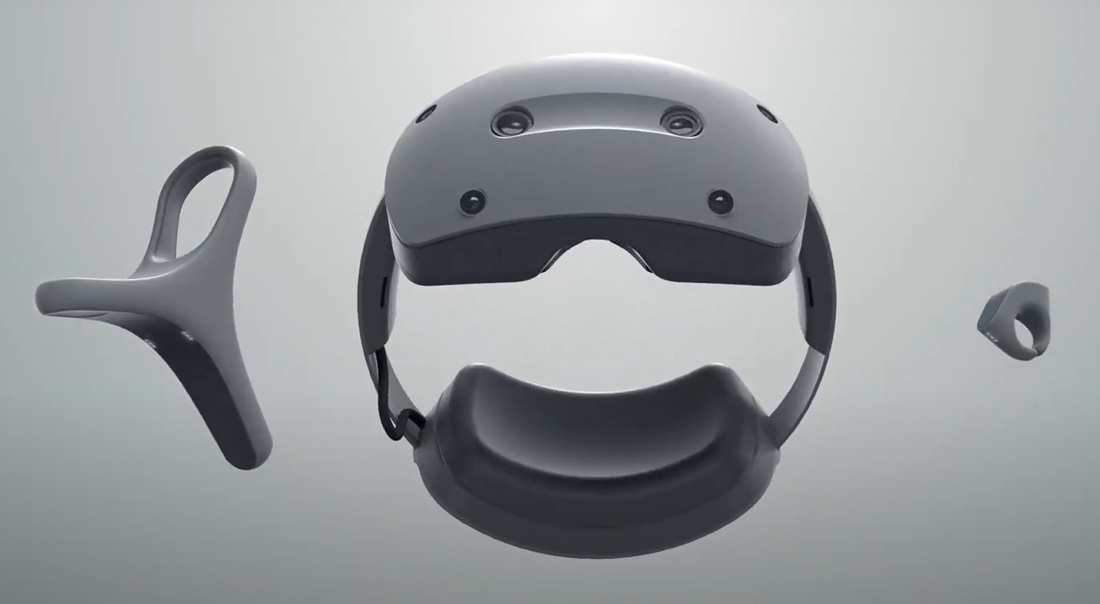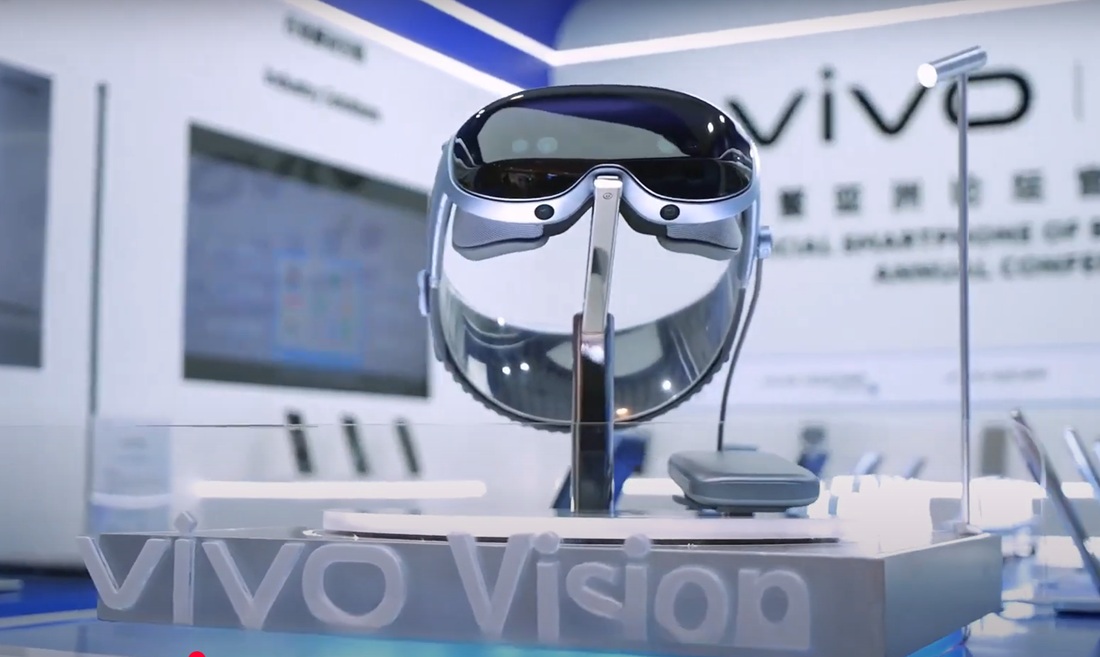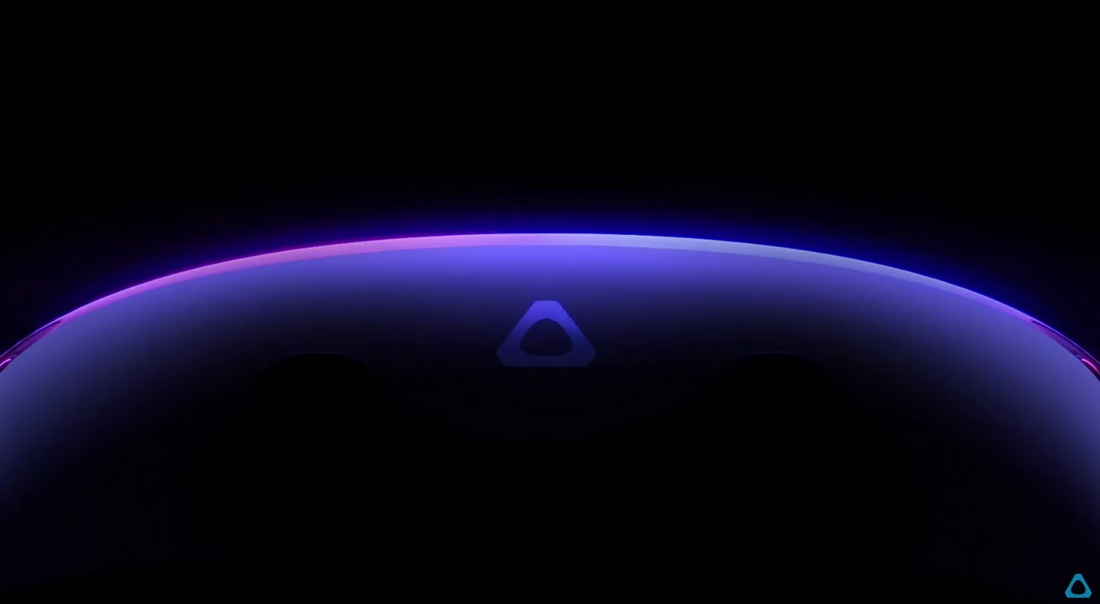The Apple Vision Pro faced criticism for its pricing, specs, and content delivery, yet it remains one of the top mixed-reality headsets in 2025. Powered by dual 4K micro-OLED displays, an M2 chip, and visionOS, it delivers unmatched spatial computing—but its $3,499 price tag puts it out of reach for many XR enthusiasts.
Below is a curated list of potential alternatives to consider in 2025 and beyond, based on industry rumors and leaks. Note that these headsets are unreleased, and their details remain speculative.
Apple Vision Pro alternatives for 2025
Truth be told, these competitors don’t outrightly beat the Apple Vision Pro, well, probably because they haven’t launched, and all the info we have about them is all speculations and rumored leaks. But they are pretty high-specced and seem like they’d offer a great value for whatever price they launch at.
-
Meta Quest 4 Pro
If you’ve followed XR news, you’ve likely heard about the dissolved Meta-LG collaboration for the Quest 4 Pro mixed-reality headset. LG cited a lack of synergy, ending the partnership. Initially rumored for a 2025 launch, the Quest 4 series is now expected in 2026 or 2027. Quest 4 Pro has no image released so far but we will share it once we get its glimpse.
Details about the Quest 4 Pro come from industry rumors. Expected features include dual micro-OLED displays with 4K x 2K resolution per eye and a Snapdragon XR3 processor. Pricing is estimated at $1,800–$2,200 to rival the Vision Pro, with the base Quest 4 potentially $100 more than the Quest 3’s $499 starting price.
Key Notes:
- Positioning: Positioning: Premium mixed-reality headset for productivity and entertainment
- Compared with Vision Pro: Meta’s Quest line dominates consumer VR, and its pivot to high-end mixed reality could challenge Apple’s premium offering
-
Samsung XR Headset (Project Moohan)
We haven’t seen Samsung prove anything to XR enthusiasts—I mean, they have been relatively quiet in the XR race since the discontinuation of Gear VR. But maybe they’re now ready for a comeback, and that could make things much more interesting. Yeah, the brand has announced it’s working on a new Samsung XR headset codenamed Project Moohan, and for this one, they’d be partnering with Google and Qualcomm; so, it’s likely this headset will run with the Android XR platform, powered by Qualcomm’s custom XR chips.

Presumably, this trifecta could produce one of the most balanced and polished headsets in the space. The device’s codename, “Project Moohan,” means “infinity” in Korean. The launch date is speculated to be late 2025. This could rival the Vision Pro because a unified Android XR platform will most likely deliver a much better experience, and of course, this headset would be priced below the Vision Pro.
Key Notes:
- Positioning: Android-based spatial computing platform with Google and Qualcomm partnerships.
- Compared with Vision Pro: Samsung will be leveraging the full weight of its ecosystem with Project Moohan, while also partnering with industry giants: Google and Qualcomm. We can’t just expect less.
-
Sony XR Headset
If you watched the showcase of Sony’s XR headset at CES 2024, then you will easily agree that the final design and full rollout will be a competitor to the Vision Pro. So, the headset is expected to launch later in 2025. Owing to Sony’s solid legacy in gaming and entertainment, and of course, with its PSVR2 headset series, you can’t just expect any less from the brand.

Partnering with Siemens on this one, and leveraging its strengths in 3D spatial visualization, Sony is likely to position its next-gen XR headset as a productivity and enterprise-focused tool, rather than a direct gaming console accessory. This pivot would align Sony closer with Vision Pro’s target demographic — professionals, designers, and remote workers. Some mentioned specs include 8K HDR micro-OLED panels, eye-tracking and hand-tracking enhanced by AI, potential integration with Unity/Unreal for immersive development workflows, and Wireless tethering to PS5 or PC for content rendering.
Key Notes:
- Positioning: Enterprise and developer-focused XR platform with potential PS5 ecosystem support.
- Compared with Vision Pro: Sony appears to be playing the long game—targeting digital creators, engineers, architects, and other professionals, while Apple focuses on individual use, and Meta courts both consumers and enterprise users.
-
Vivo Vision
A Chinese player in the top ranks? Oh, yeah! The Chinese tech giant, Vivo, may not be a household name in the West like Apple or Samsung, but it’s rapidly becoming a serious player in the XR innovation scene. The company is reportedly working on a new headset called Vivo Vision, leveraging its AI and imaging tech to deliver a spatial computing device that rivals the current best the market has to offer.

Backed by BBK Electronics (the same group behind OPPO and OnePlus mobile smartphones), Vivo is well-resourced to play in this XR space — especially in the Asia-Pacific market. The Vivo Vision headset is speculated to offer full-color pass-through for AR experiences, a proprietary AI assistant & intelligent voice control, high-resolution OLED panels with high refresh rates, and on-device AI processing and ambient intelligence.
Also, Vivo is betting big on context-aware computing, meaning its XR headset will adjust dynamically based on the user’s environment, habits, and even emotional cues. If it can pull that off, it could offer smarter personalization than Apple and other big players. More so, we expect integration with other Vivo devices—smartphones, smartwatches, and possibly smart glasses—creating a hybrid experience where XR improves rather than replacing the real world.
Key Notes:
- Positioning: Chinese XR headset targeting enterprise, social XR, and content consumption.
- Compared with Vision Pro: Vivo is quietly entering the XR market with big ambitions. The Vivo Vision is rumored to be China’s answer to the Apple Vision Pro, offering a premium look and feel at a significantly lower price point.
-
HTC Vive Focus 4
HTC may no longer be among the top dogs in the consumer smartphone market, but in the XR and VR space, its Vive sub-brand will always be respected—particularly in enterprise and industrial use cases. The upcoming HTC Vive Focus 4 is expected to build upon the strengths of the Focus 3 while embracing the trend of mixed reality. HTC isn’t trying to beat Apple at the consumer level—instead, it’s focusing on enterprise, education, and industrial simulation. That’s a space where Apple is yet to dominate.

Unlike Apple, which is still exploring enterprise use cases, HTC has already deployed its XR headsets across industries like healthcare, manufacturing, and defense. This next-gen model is expected to build on that reputation with even higher specifications, such as 5K or higher resolution per eye, full-color passthrough and mixed reality mode, advanced privacy features (on-device data processing), and support for both Viveport and OpenXR platforms.
Key Notes:
- Positioning: Enterprise-first mixed reality headset with standalone and tethered modes.
- Compared with Vision Pro: The Vive Focus 4 could focus on modular upgrades and enterprise fleet management with a privacy-first approach (no mandatory user accounts or cloud tethering).
Apple Vision Pro Competitors in 2025
| Brand | Model | Focus | Target Launch |
| Meta | Quest 4 Pro | High-end consumer & pro | Late 2026 |
| Samsung | Project Moohan | Android-based mixed reality | Q4 2025 |
| Sony | Next-Gen XR Headset | Enterprise & creators | Mid-2025 |
| Vivo | Vivo Vision | Smart, AI-driven XR | Q2 2025 |
| HTC | Vive Focus 4 (TBD) | Enterprise & Industrial | Mid to Late 2025 |
Conclusion
The Apple Vision Pro may have kicked off a new chapter in XR space with unmatched hardware, but its $3,499 price tag and ecosystem limitations give rivals a wide opening to strike! If these announced headsets launch with the specs they’ve been rumored to pack, then a lot of people will really ditch the Apple Vision Pro for them.
